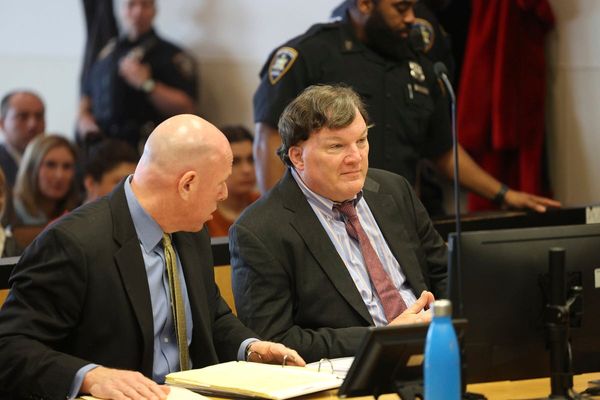
Housing discrimination is deeply embedded in America’s past — and mortgage lenders are partly responsible through the practice of redlining.
In a nutshell, redlining is mortgage discrimination against nonwhite neighborhoods. Lenders engage in redlining when they deny loans based on an area’s racial composition.
Here, an overview of redlining’s past — and present.
Redlining's History
“Redlining was common in the U.S. in the 1930s, when lenders were encouraged by the federal government to deny loans to certain communities in the wake of the Great Depression," said Bryan Greene, vice president for advocacy at the National Association of Realtors. “Black communities were literally excluded from lending activity by a red line on a map indicating where lenders weren’t supposed to issue home loans.” (The University of Richmond’s Mapping Inequality project has digitized scans of old redlining maps.)
The maps designated areas as “high risk” or “low risk” for mortgage lending. Neighborhoods with predominantly minority populations — particularly Black communities — were often marked as high risk, resulting in limited access to home loans. As a result, minorities were stifled in their ability to buy real estate and build wealth through homeownership. Redlining also contributed to lower property values in these areas.
“Redlined neighborhoods are generally located near the center of urban areas, where Black people were concentrated when the government generated the maps,” according to a Brookings report. New York led the nation for the most-populous redlined areas, the analysis found.
Redlining today
Despite the enactment of the Fair Housing Act of 1968, which prohibits discrimination on the basis of race, color, and other protected classes, redlining persists today, Greene said, although it exists in a less formal fashion. “Some lenders are still hesitant, whether consciously and/or subconsciously, to make loans in communities of color, but they don’t use maps,” he said.
Consequently, minority-dominant neighborhoods still grapple with unequal access to home loans and other financial services. Case in point: ESSA Bank & Trust paid over $3 million this past May in a settlement regarding allegations that it redlined majority-Black and Hispanic neighborhoods in Philadelphia. Likewise, City National Bank was fined earlier this year more than $31 million for engaging in redlining in Los Angeles, marking the largest redlining settlement in history.
The City National settlement was one of six overseen by the Department of Justice since fall 2021 resulting in a total of $85 million in fines, the Department said at a recent forum in Newark, New Jersey that looked at its efforts to combat redlining. The cases and settlements have developed as a result of a program first announced by Attorney General Merrick Garland in October 2021 called the Combatting Redlining Initiative. The settlements are being redistributed to the communities of color that have faced lending discrimination, the Justice Department said.
Redlining’s long-lasting impact can also be seen in unexpected ways. According to a 2022 study published in the journal Environmental Science and Technology Letters, Black and Latino Americans live in areas with more smog and fine particulate matter from vehicles, coal plants, and other industrial sources than White Americans because of historical redlining.
Redlining can also take place in the form of “reverse redlining,” where a financial institution engages in predatory lending or disproportionately markets their products in the neighborhoods that were once marked as high-risk on redlining maps. In 2019, Wells Fargo settled a $10 million lawsuit brought by the city of Philadelphia, which accused the bank of targeting Black and Latino neighborhoods with predatory loans.
The good news? Progress is being made. For example, Lakeland Bank paid a $13.4 million settlement for redlining last year as part of the Justice Department's 85 million in redlining settlements (although the bank admitted no wrongdoing). However, following the settlements, it opened two new branches to increase mortgage lending in underserved communities of color in three New Jersey counties. Moreover, in 2021 Black home buyers were approved for mortgages at nearly 85% the rate of White homebuyers — the highest rate on record, a FairPlay study of more than 350 million mortgage applications from 1990 to 2021 found.
What to do if you suspect you’re a victim of redlining
You can take several actions if you believe you are the victim of redlining:
- File a housing discrimination complaint with the U.S. Department of Housing and Urban Development online or by phone at (800) 669-9777
- Report the issue to your local Fair Housing center
- If there is no Fair Housing center in your area, submit a complaint online to the National Fair Housing Alliance.
“HUD investigates housing discrimination claims on behalf of individuals free of charge,” Greene said. “If the investigation finds evidence of discrimination, HUD will bring the case before a judge.”







